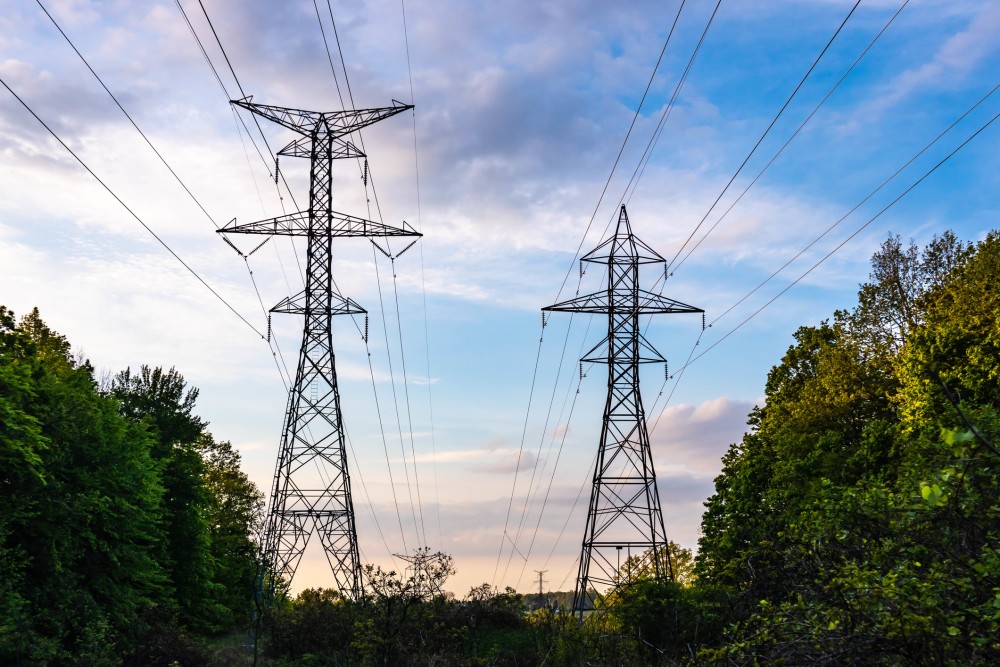TORONTO — Ontario can maintain its clean energy advantage and continue to attract investment by modernizing its electricity regulations, finds a new report by the Pembina Institute.
Optimizing Ontario: Regulatory solutions to sustainably meet growing demand outlines 14 opportunities for the Government of Ontario, the Ontario Energy Board (OEB) and the Independent Electricity System Operator (IESO) to update and modernize electricity regulations, supporting a clean and resilient grid that meets rising demand.
Electricity demand in the province is expected to balloon over the next few decades due to increased investment by industry looking for affordable clean energy, electrification of existing sectors and population growth. To maintain its clean energy advantage, Ontario will need to meet growing demand without investing in new carbon-emitting sources of electricity.
Our report underscores the importance of good regulations to maintain Ontario’s clean energy advantage. The province’s electricity system is currently 89% non-emitting; however, this is a dip from its 96% non-emitting grid of 2017. As it looks to meet increasing demand while existing non-emitting facilities are offline for refurbishments, choices made today could jeopardize the province’s clean energy advantage.
Investing in greenhouse gas-emitting gas-fired generation is only one potential avenue for the province to meet rising demand while addressing the short-term supply gap in non-emitting generation that is offline during planned refurbishments. Our report identifies 10 ways the OEB and the ISEO can continue to meet demand while advancing a growing clean grid and offers four recommendations for the provincial government to enable this.
It is critical that Ontario meets its electricity demand growth without increasing its emissions profile to continue to attract investment by industry interested in operating on its clean grid, to ensure low-cost electricity for Ontarians and to maintain its status as a leader in Canada’s quest to decarbonize its grid.
Quote
“Ontario has already shown great leadership in meeting provincial electricity demand through innovative measures. Energy efficiency programs that have been in place in the province since the early 2000s have reduced today’s electricity demand by 15% while collaboration between the ISEO and Hydro-Québec has fostered an environment for optimal use of existing generation between Ontario and Quebec without increasing costs for ratepayers.
“These measures, along with other updates to Ontario’s regulations, support Ontario meeting demand growth without increasing emissions on its electricity grid. Maintaining its clean energy advantage will allow the province to continue to attract investment while Ontarians reap the benefits of a clean and resilient grid.”
— Grace Brown, Senior Analyst, Pembina Institute
[30]
Visit the Pembina Institute’s website to download a copy of Optimizing Ontario: Regulatory solutions to sustainably meet growing demand.
Contact
Courtney Smith
Senior Communications Lead, Pembina Institute
647-797-9353
Background
Report: Directing Decarbonization: Examining regulatory barriers to a cleaner grid
Blog: Regulatory Barriers to Decarbonize Canada’s Electricity Grid




